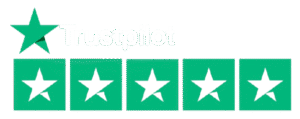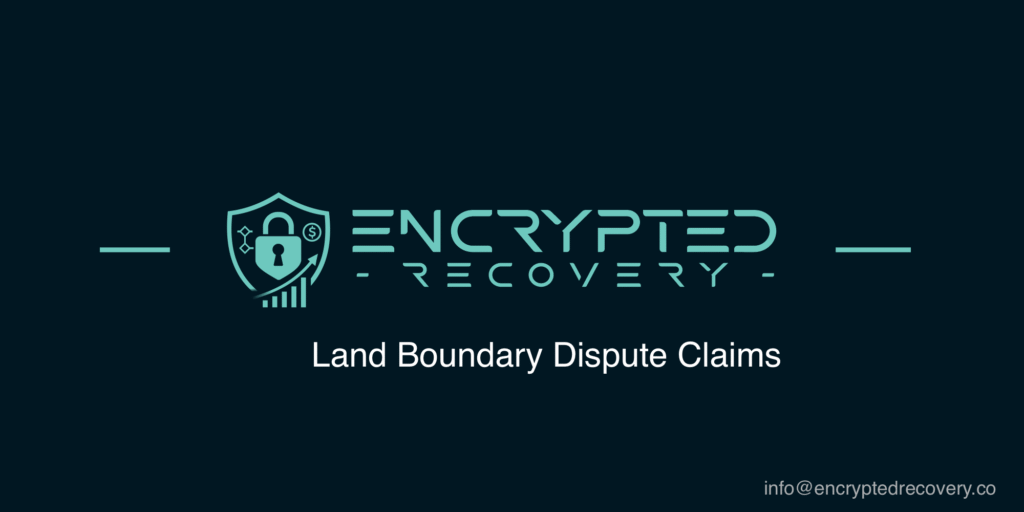Land boundary disputes occur when two people believe they have the right to a piece of land. These disputes often start when one person puts up a fence, wall or building on land which another person believes belongs to them.




TrustScore 4.9 9,718 reviews
We can help fight for your
land boundary rights

We listen. We care. We win.

TrustScore 4.9 9,718 reviews



Land boundary disputes occur when two people believe they have the right to a piece of land. These disputes often start when one person puts up a fence, wall or building on land which another person believes belongs to them.
When it comes to property boundaries, even the smallest change can lead to trouble if it’s not dealt with carefully. For example, replacing a hedge with a fence will set a far more precise boundary which could lead to a dispute if the owners of the neighbouring land don’t agree with where the new boundary/fence is located.

Land disputes can create an intolerable situation with your neighbour and can be extremely stressful for all involved. They can last a number of years and be very expensive. To avoid unnecessary conflict, if you are thinking of changing or moving a boundary divider – or if your neighbour has – it is best to seek specialist advice and try to come to an amicable agreement with your neighbour as soon as possible.
Every piece of land and property, whether or not it is registered, has exact legal boundaries, which divides one property from another.
The physical boundary of a property can often be marked by a fence, wall or hedge, but these markers may or may not follow the line of the legal boundary, as they can change gradually over time. It’s important to remember that boundaries are not necessarily straight lines down the middle of the land.
In order to establish a boundary, you should gather as much information as possible about your property and the bordering properties. Check your Title Deeds of the property and obtain information from the Land Registry as this should give you some idea of where your property boundary begins and ends. That being said, the red line drawn around the property on the Land Registry plan only shows the general boundary and can often be vaguely defined.
If you think the boundaries are not clearly defined in the title deeds, you should consult a solicitor who may commission a surveyor to survey the land, check deeds and the plans attached to them and refer to historical documents and aerial photographs.
You should then reach an agreement with your neighbour on where the boundary should be. Then, once you have found an acceptable compromise, an agreement can be drawn up and submitted to the Land Registry, ensuring that the boundary is clearly established in the records.
If you are in a dispute with a neighbour, you should always try in the first instance to resolve it as part of an amicable discussion.
Before starting conversations, pull together documents that establish boundaries as this will help you form your discussions. If you are unable to agree boundaries harmoniously, it is useful to consult a solicitor at an early stage and show them your documentation.
Once you have instructed a solicitor they will consider the title deeds to the properties, as well as other indicators such as old photographs, witness evidence and the actual property to determine where they believe the boundary is.
It is often the case though that your neighbour may also have instructed a solicitor who believes the boundary is somewhere else. This is the most common reason why land dispute cases end up in courts with a judge making the final decision based on the collective evidence.
Remember though, litigation should be a last resort. Most boundary disputes can be resolved through correspondence or mediation.
Replacing a septic tank can cost thousands of pounds.
If further adjustments are required – like needing to relocate the septic tank further away from a river/stream, or away from a building – then this could very quickly increase the cost dramatically. There might be other unforeseen expenses, such as reinstating your land after installation. Some homeowners have been forced to pay up to $40,000 in total to make their property compliant.
The GBRs state that the cost of replacing or upgrading the septic tank should be agreed as a condition of sale before you purchase. If you find yourself facing expenses which you were not expecting, then you may be able to claim compensation.
At Encrpted Recovery we have a proven record of successfully representing clients who have suffered from professional negligence, having been ill-advised when purchasing a property and left footing the bill for repairs and alterations.
We’ll work tirelessly to achieve the outcomes most important to you including:














Showing our 4 & 5 star reviews
Phone
+1 (870) 217-2243
Email
info@encryptedrecovery.co




Expect An Email From Us
A member of our team will reach out shortly to gather more information, ensuring we can help you as effectively as possible.
Thank You For Your Enquiry
We believe you have a strong case!
One of our agents will reach out to you soon to discuss your situation in more detail.
If you’d like to get a head start and shorten the call, feel free to continue with our detailed form below.
Completing this now will help us process your case more quickly and efficiently. Don’t worry, each section saves automatically as you go.